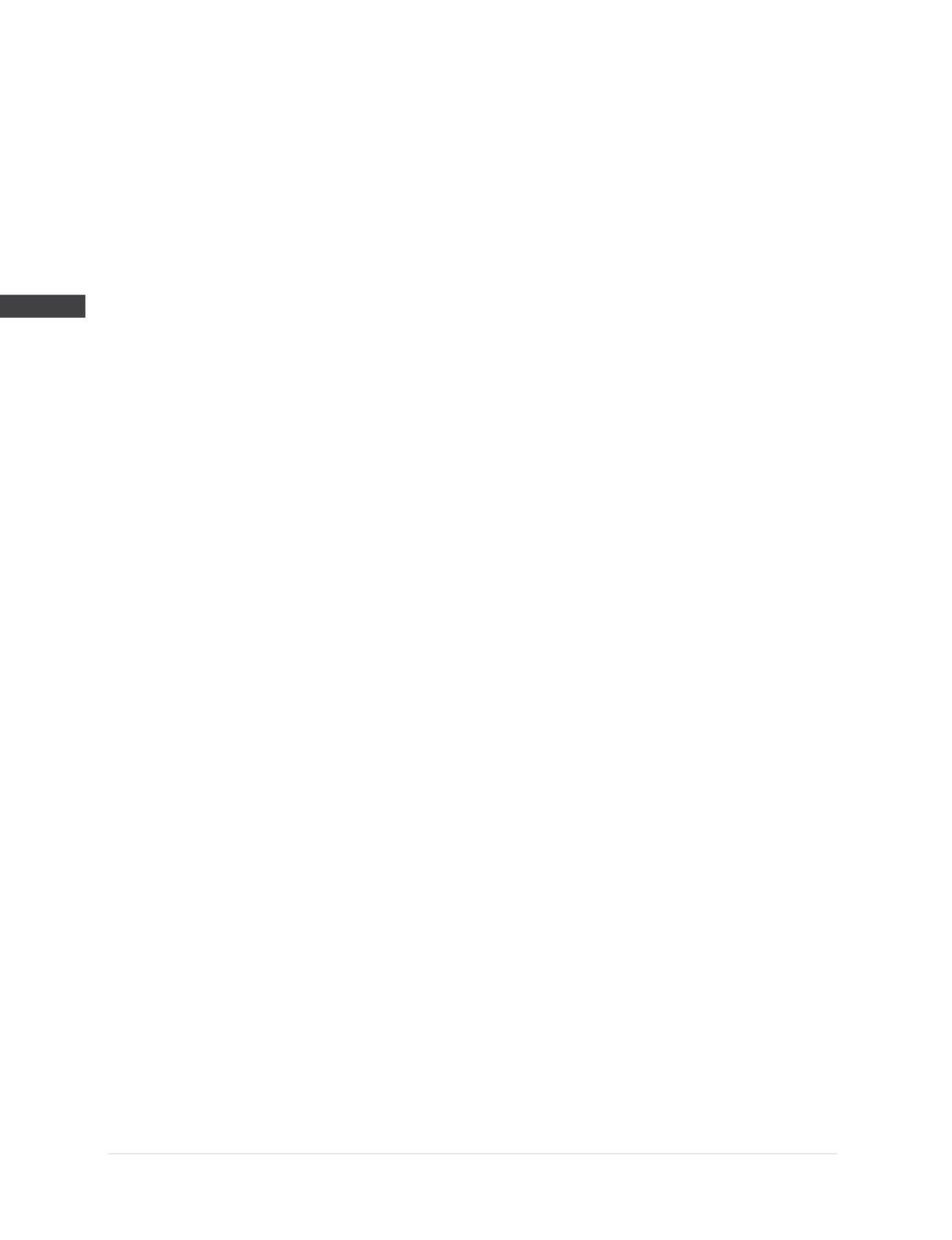
© 2014 Foundation Supportworks
®
,
Inc.
All Rights Reserved
p 154
APPENDIX 2F
MODEL SPECIFICATIONS
Chapter 2
Helical Foundation Systems
2
REFERENCES
2.1 American Institute of Steel Construction (AISC)
2.1.1 AISC 360: Specification for Structural Steel Buildings
2.2 American Society for Testing and Materials (ASTM)
2.2.1 ASTM A29: Steel Bars, Carbon and Alloy, Hot-Wrought
2.2.2 ASTM A36: Carbon Structural Steel
2.2.3 ASTM A123: Zinc Coating (Hot-Dip) Coatings on Iron and Steel Products
2.2.4 ASTM A153: Zinc Coating (Hot-Dip) on Iron and Steel Hardware
2.2.5 ASTM A307: Carbon Steel Bolts, Studs, and Threaded Rod 60,000 PSI Tensile Strength
2.2.6 ASTM A325: Structural Bolts, Steel, Heat Treated, 120/105 ksi Minimum Tensile Strength
2.2.7 ASTM A500: Cold-Formed Welded and Seamless Carbon Steel Structural Tubing in
Rounds and Shapes
2.2.8 ASTM A513: Electric-Resistance Welded Carbon and Alloy Steel Mechanical Tubing
2.2.9 ASTM A572: High-Strength Low-Alloy Columbian-Vanadium Structural Steel
2.2.10 ASTM B633: Electrodeposited Coatings of Zinc on Iron and Steel
2.2.11 ASTM B695: Coatings of Zinc Mechanically Deposited on Iron and Steel
2.2.12 ASTM D3689: Deep Foundations Under Static Axial Tensile Load
2.3 International Code Council Evaluation Services (ICC-ES)
2.3.1 Acceptance Criteria 358 (AC358): Acceptance Criteria for Helical Pile Systems and
Devices
2.4 Society of Automotive Engineers (SAE)
2.4.1 SAE J429: Mechanical and Material Requirements for Externally Threaded Fasteners
3
DEFINITIONS
3.1 The following terms apply to helical anchors used to support tension loads:
3.1.1 Allowable Stress Design: A structural and geotechnical design methodology that states
that the summation of the actual estimated loads (nominal loads) must be less than or
equal to the allowable design load (required strength). Allowable loads are obtained by
dividing a nominal resistance (strength) by an appropriate factor of safety.
3.1.2 Bearing Stratum: The soil layer (or layers) that provides the helical anchor end-bearing
capacity through load transfer from the helical plates.
3.1.3 Crowd: Axial compressive force applied to the helical anchor shaft as needed during
installation to ensure the anchor advances at a rate approximately equal to the helix
pitch for each revolution.


